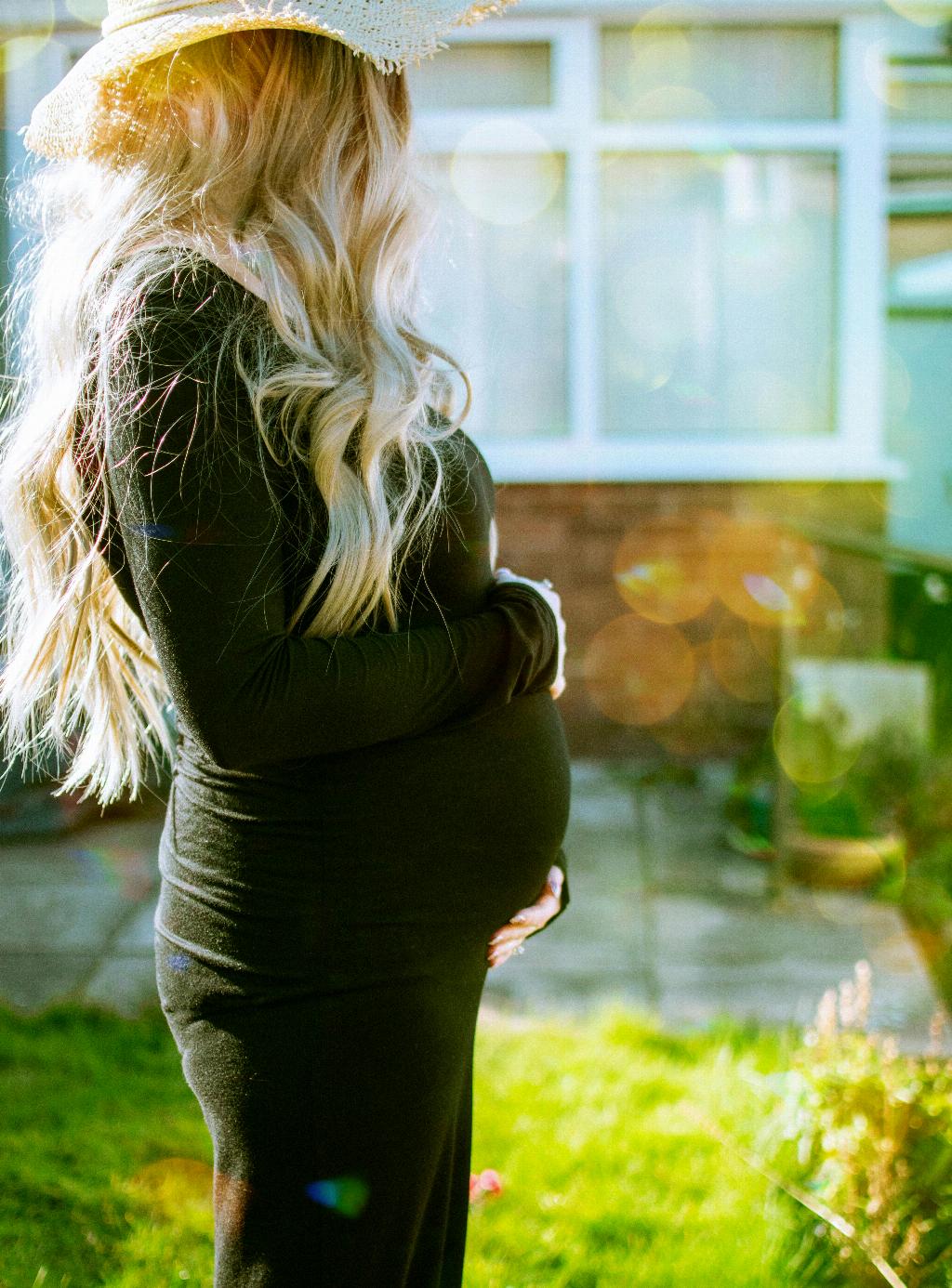When delving into the history of pregnancy testing, intriguing ancient methods come to light. In ancient Egypt, women had a unique way of determining pregnancy based on urine. The earliest documented pregnancy test dates back to this ancient civilization where a papyrus document outlined a curious method using wheat and barley seeds.
Understanding the Ancient Egyptian Practice
The ancient Egyptian method involved a woman urinating on wheat and barley seeds for several days. The growth of these seeds was believed to signify the gender of the potential child. If the barley sprouted, it indicated the possibility of a male offspring, while wheat growth suggested a female child on the way.
The Significance of Seed Growth
The essential component of this early pregnancy test was the observation of seed germination. The ancient Egyptians believed that the hormonal changes in a pregnant woman’s urine could affect the growth of the seeds, providing insight into her pregnancy status.
Historical Context of Pregnancy Testing
It is fascinating to consider how ancient civilizations approached the concept of pregnancy testing. The methods may seem unconventional by today’s standards, but they offer a glimpse into the cultural beliefs and practices of the past.
Ancient Wisdom and Modern Science
While the ancient Egyptian method of pregnancy testing may not align with current scientific understanding, it showcases the human desire to unravel the mysteries of life and reproduction. It highlights the ingenuity of early civilizations in seeking answers to vital questions.
Evolution of Pregnancy Testing
Over time, the practice of pregnancy testing has evolved significantly. Modern advancements in medical science have led to the development of highly accurate and reliable methods for detecting pregnancy, such as urine and blood tests.
Medical Progress and Diagnostic Techniques
Today, pregnancy testing is a routine part of prenatal care, allowing healthcare providers to monitor the health and well-being of expectant mothers and their unborn babies. The availability of sophisticated diagnostic tools has transformed the field of obstetrics.
Cultural Insights from Ancient Practices
Studying ancient methods of pregnancy testing not only provides historical perspective but also offers cultural insights into how societies perceived and anticipated the miracle of childbirth. These practices reflect the values and beliefs of bygone eras.
Appreciating Tradition and Innovation
While we marvel at the innovation and precision of modern medical technology, we can also appreciate the wisdom and creativity of our ancestors who devised unconventional yet thought-provoking methods for understanding pregnancy and fertility.
Continuing the Legacy of Discovery
As we look back on the old ways of testing pregnancy, we are reminded of the enduring human quest for knowledge and discovery. Each generation builds upon the insights of the past, advancing our understanding of reproductive health and pregnancy.
Reflections on Ancient Practices
The ancient Egyptian method of using wheat and barley seeds for pregnancy testing may seem distant and mystical, but it serves as a reminder of our shared human history and the enduring curiosity that drives scientific inquiry.
Embracing the Complexity of Pregnancy
From ancient rituals to modern diagnostics, the journey of pregnancy testing reflects the complex tapestry of human experience. It illustrates our capacity for innovation, adaptation, and the eternal wonder of new life entering the world.
Concluding Thoughts
In conclusion, exploring the old ways of testing pregnancy offers a fascinating glimpse into the traditions, beliefs, and ingenuity of ancient cultures. While the methods may differ from contemporary practices, they remind us of the timeless human quest to unravel the mysteries of birth and life.

